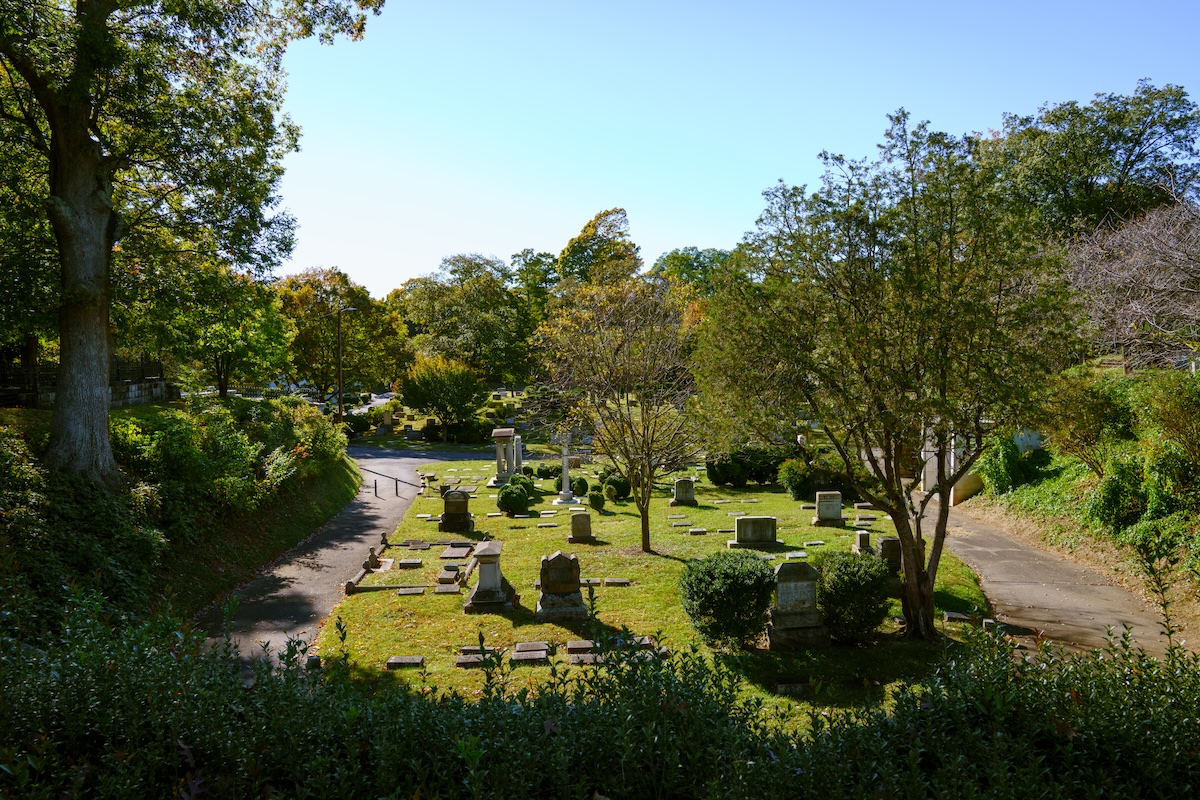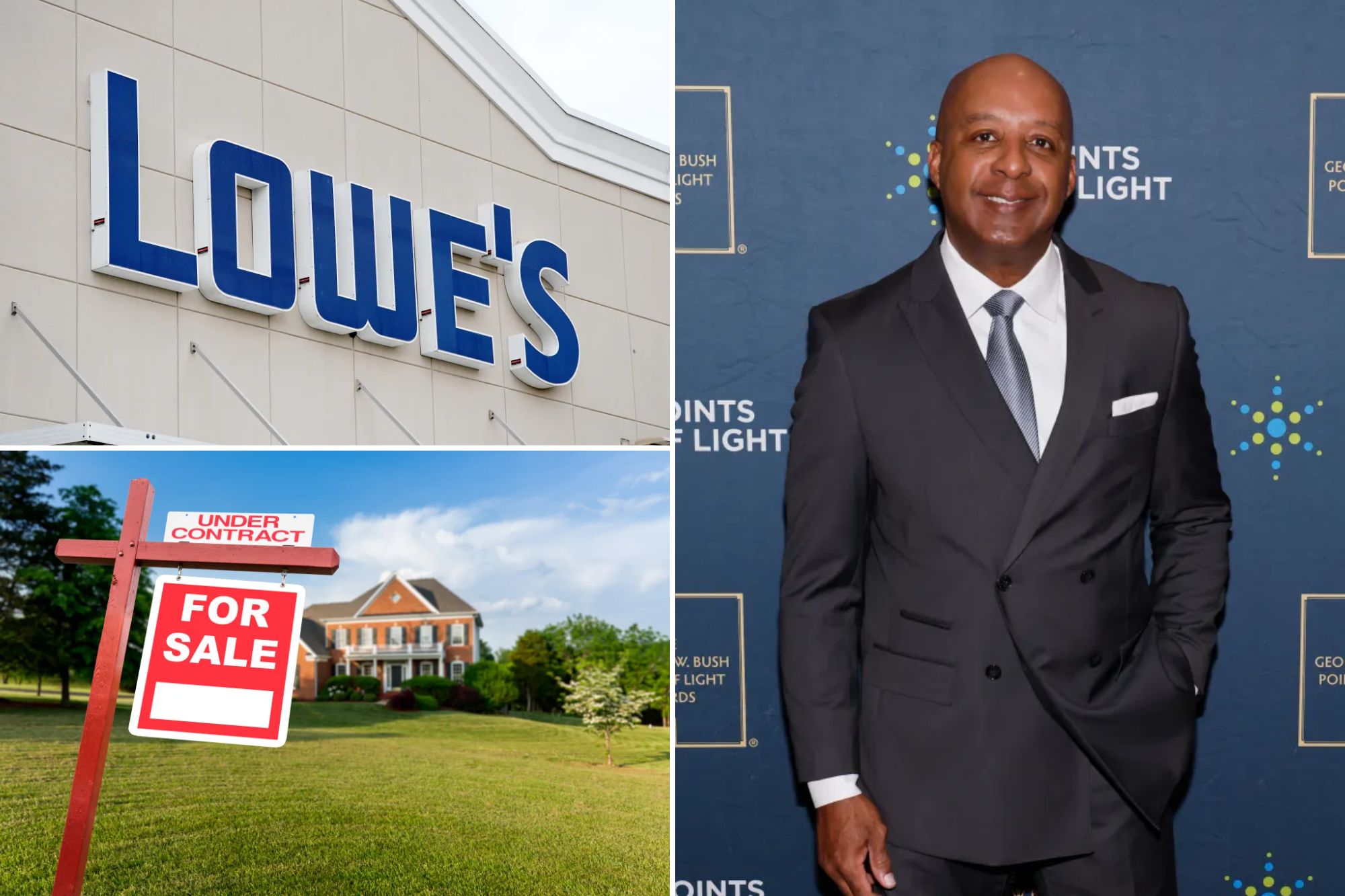O
ur lantern‑lit guide cautions, “Don’t hit your head on the meathooks,” as we wander Old Salem’s uneven cobbles. We enter the historic market house, once a meat stall, now a “corpse house” for the night. In 1850 Salem Square housed a morgue near two local cemeteries. Inside, the tale of Louisa, a Moravian woman who died a year after childbirth, and her infant is recounted. Though Moravians buried their dead in God’s Acre, Louisa and her child were interred at Salem Cemetery, a neighboring ground with vault houses and ornate monuments.
Salem Cemetery, a recurring stop on Winston‑Salem’s Night Watchman Tours, offers a spooky history of early Moravian life led by college‑aged guides in period costume. During an October 17 tour, the guide points to the 1819 John Vogler House on Main Street, a two‑story brick home that stood out among Germanic architecture. The Voglers were prominent Salem tradesmen; their son Elias became president of the Salem Cemetery Company in 1857. The cemetery later became the final resting place for figures like John Wesley Hanes and R.J. Reynolds. The Reynolds plot, with towering white columns and a city skyline view, remains the most impressive.
Michelle McCullough, Winston‑Salem/Forsyth County Planning & Development officer, notes that Salem Cemetery was historically reserved for the wealthy. While technically open to anyone, most interments today belong to descendants of prominent families. The cemetery’s private ownership and lack of a website add to its mystique; little public info exists on operations or available plots.
Ryan Sydnor, 31, supervises the 17‑acre site. He runs a small team that hand‑digs graves, a necessity due to the cemetery’s ravine location and compact plots. Sydnor describes the grounds as “the Central Park of Winston‑Salem,” home to hawks, deer, and mature trees. He explains that the cemetery follows the 19th‑century Rural Cemetery Movement, turning burial grounds into pleasure gardens that “almost excites a wish to die,” a sentiment echoed by Fanny Kemble in 1835.
Despite its beauty, the cemetery has faced vandalism: a 1980s teen rampage, a rap group filming at the Reynolds plot, and a Beetlejuice‑costumed man on Halloween. Sydnor plans a website to share background, photos, and available plots, though most of the 10‑acre site is already sold to local families. A sizable columbarium remains for cremation.
John M. Vogler Jr., a sixth‑generation owner of Salem Funerals & Cremations, holds a family plot in Salem Cemetery. His family’s Moravian roots trace back to 1753 settlers, yet their plot borders God’s Acre, allowing them to witness the Moravian Easter sunrise service. Vogler’s business has long served the community, and he emphasizes the cemetery’s role in preserving local history. The Reynolds family’s trust further secures the cemetery’s future.
Louisa and her baby, buried long ago when surnames were less rigid, rest on this scenic expanse. Salem Cemetery remains a beautiful, though private, place to visit and reflect on Winston‑Salem’s past.













